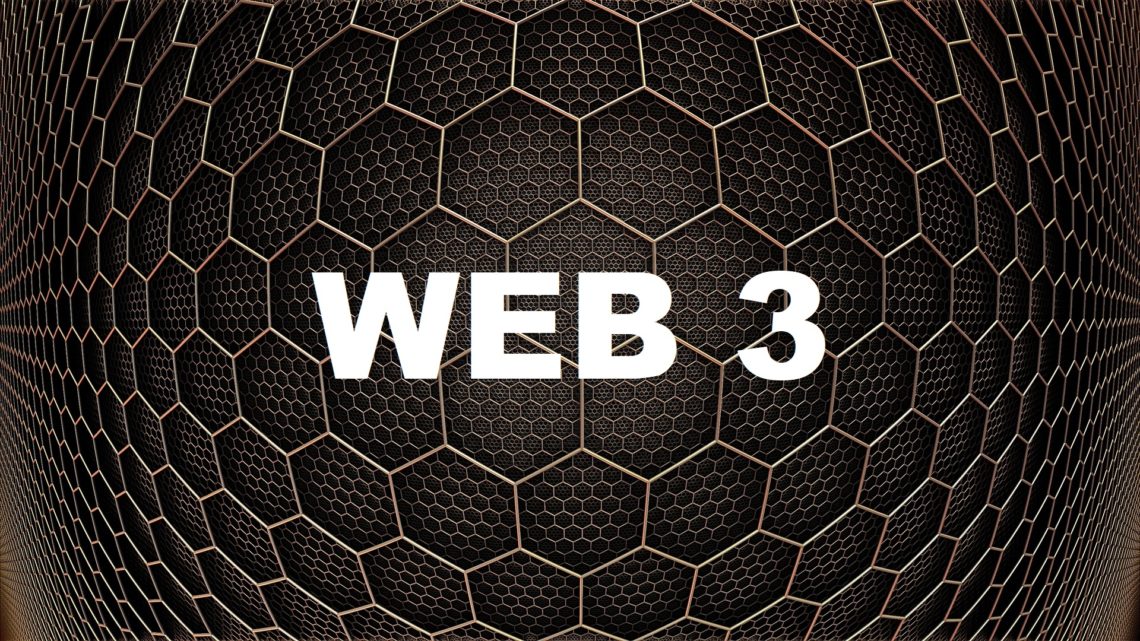As the race to Web3 gains traction, consider how Polkadot’s ecosystem and Substrate platform compare to Ethereum’s impending upgrade.
Is Polkadot winning the race?
The Ethereum 2.0 update promises to be a game-changing event for most casual digital asset investors, as it will enhance efficiency, lower network costs, and push the entire blockchain and crypto ecosystem closer to a Web3 reality.
The move to a more reliable and scalable proof-of-stake (PoS) blockchain will be a welcome reprieve for Ethereum, which has been suffering from a lack of scalability and skyrocketing gas fees.
Since Ethereum is the largest smart contract and DApp development platform, the move to a more reliable and scalable proof-of-stake (PoS) blockchain will be a welcome reprieve.
Polkadot’s Substrate platform, meanwhile, has been making significant progress in the building of an alternative decentralized internet infrastructure that many predict may someday surpass Ethereum’s.
Polkadot’s importance as a bridge between Ethereum’s ecosystem and the many options that make up a Web3 internet experience has been at the forefront of Polkadot’s key selling points since the white paper’s release.
So, how does Polkadot stack up against Ethereum? Is Polkadot’s parachains a credible challenge to Ethereum’s dominating smart contract network? Here are some of the technical differences between Polkadot’s ecosystem and Ethereum’s planned update.
Technical differences
There are two ways to access the decentralized internet.
To appreciate the value that Polkadot brings to the table, we must first examine its Substrate and how it differs from what Ethereum currently provides.
There’s no doubting that Ethereum was once thought to be a groundbreaking technology and a desirable platform for DApp development. Scalability, on the other hand, has been Ethereum’s Achilles heel over time.
The Ethereum blockchain can only perform 15 transactions per second (TPS) with an estimated 1 million transactions per day, resulting in variable gas fees.
Despite the fact that this number is expected to rise with the update to Ethereum 2.0, it will still be far behind traditional centralized infrastructures like Visa, which can theoretically process well over 1,700 TPS.
Gain and losses
Parity Technologies, as a leading blockchain infrastructure provider, offers a variety of tools and technologies to help developers quickly and easily start their blockchains.
The Parity Substrate is a toolset for creating custom blockchains from the ground up, and it is used to power some of the world’s most popular blockchains, including Polkadot, Kraken, and Chainlink.
Parity, On the other hand, Ethereum is the software that powers Ethereum 2.0 clients like Geth and Prysm.
The Substrate framework, which is used to build new blockchains or parachains on top of the Polkadot Relay Chain, is Parity’s key contribution to Polkadot.

Andrew is a blockchain developer who developed his interest in cryptocurrencies while pursuing his post-graduation major in blockchain development. He is a keen observer of details and shares his passion for writing, along with coding. His backend knowledge about blockchain helps him give a unique perspective to his writing skills, and a reliable craft at explaining the concepts such as blockchain programming, languages and token minting. He also frequently shares technical details and performance indicators of ICOs and IDOs.


 Home
Home News
News










